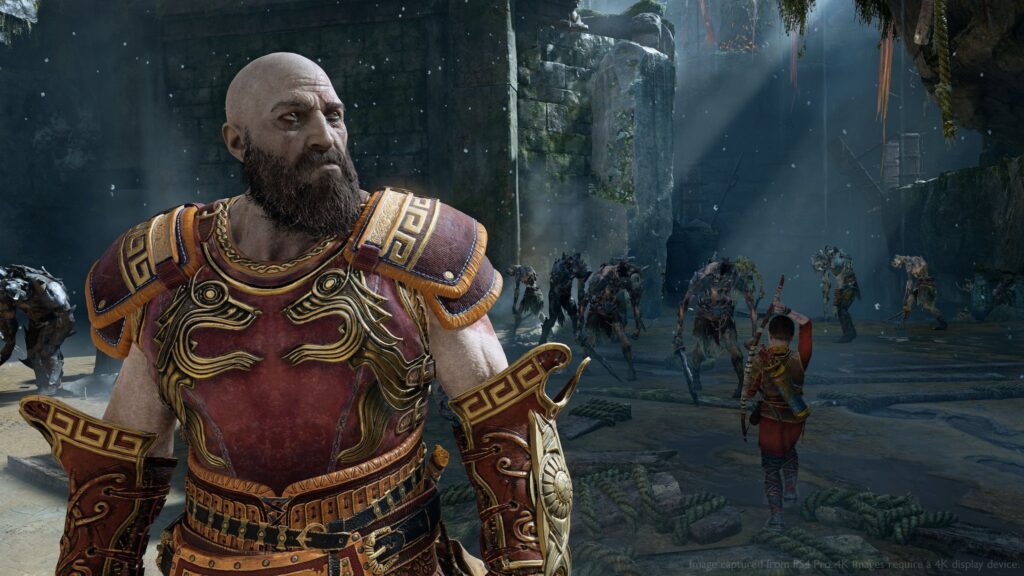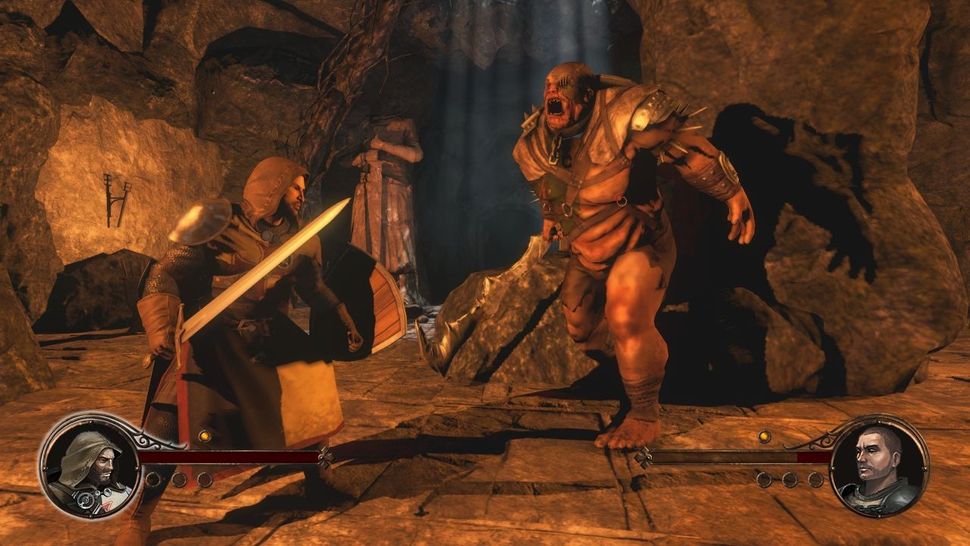
Stepping Back in Time: A Journey Through the Golden Age of Historical Adventure Games
Adventure games have always offered an escape, a chance to explore uncharted territories and solve perplexing mysteries. But when these adventures are steeped in history, the experience becomes even richer, transporting players to different eras, cultures, and events. The golden age of historical adventure games, roughly spanning the late 80s to the late 90s, offered a unique blend of education and entertainment, captivating players with intriguing narratives, challenging puzzles, and meticulously researched settings. This article will delve into the defining characteristics of this genre, highlight some of its most influential titles, and explore why these games continue to hold a special place in the hearts of gamers.
Defining the Genre: History as a Playground
Historical adventure games are more than just adventures set in the past. They strive to immerse players in a specific historical period, often focusing on accuracy and authenticity. This doesn’t mean they are dry educational simulations, however. The best historical adventure games weave captivating narratives, often featuring fictional characters interacting with real historical figures and events.
Several key elements define the genre:
- Authentic Settings: Meticulously researched environments, from the bustling streets of Renaissance Florence to the desolate landscapes of ancient Egypt, are crucial. Developers often consulted historians and archaeologists to ensure accuracy in architecture, clothing, customs, and everyday life.
- Historical Accuracy (with Creative Liberties): While striving for accuracy, these games often took creative liberties to enhance the gameplay experience. This might involve exaggerating certain historical events or introducing fictional characters whose actions influence the narrative. The key was to maintain a sense of historical plausibility.
- Educational Value: Implicitly or explicitly, these games provided players with a wealth of historical information. Through dialogue, item descriptions, and environmental details, players learned about significant historical events, figures, and cultural practices.
- Puzzle Design Rooted in History: Puzzles were often integrated into the historical context. Players might need to decipher ancient hieroglyphs, use period-specific tools, or understand the political landscape to progress.
- Compelling Narrative: A strong narrative was essential to draw players into the historical world. These games often featured intricate plots, memorable characters, and moral dilemmas that forced players to make difficult choices.
Landmarks of the Past: Influential Historical Adventure Games
The golden age of historical adventure games produced a plethora of memorable titles, each with its own unique approach to storytelling, puzzle design, and historical representation. Here are a few standouts:
-
Where in the World is Carmen Sandiego? (1985-Present): This edutainment franchise, though primarily aimed at younger audiences, introduced countless players to geography and world history. Players take on the role of detectives chasing the elusive Carmen Sandiego and her gang of thieves across the globe, learning about different countries, cultures, and landmarks along the way. While gameplay is relatively simple, the series’ longevity and widespread appeal cemented its place as a foundational title in the genre.
-
Zak McKracken and the Alien Mindbenders (1988): While not strictly historical, this LucasArts classic incorporated elements of ancient civilizations and conspiracy theories. Players travel the world, visiting locations like Egypt, Mexico, and the Amazon rainforest, in search of clues to thwart an alien invasion. The game’s quirky humor, challenging puzzles, and exploration of ancient mysteries resonated with players and helped pave the way for future adventure game successes.
-
Indiana Jones and the Last Crusade: The Graphic Adventure (1989): Building upon the popularity of the film of the same name, this LucasArts title brought the iconic archaeologist to life in a highly interactive adventure. Players explored historical locations like Venice, Austria, and the Holy Land, solving puzzles, battling Nazis, and uncovering the secrets of the Holy Grail. The game’s faithful adaptation of the film, combined with its challenging gameplay and witty dialogue, made it a critical and commercial success.
-
King’s Quest V: Absence Makes the Heart Go Yonder! (1990): While the King’s Quest series often drew on fantasy elements, this installment incorporated historical inspirations, particularly from medieval European folklore and fairy tales. Players navigate a vibrant world filled with mythical creatures and historical references, embarking on a quest to rescue King Graham and his family. The game’s stunning VGA graphics, engaging storyline, and challenging puzzles made it a landmark achievement in adventure game design.
-
Secret of Monkey Island Series (1990-2000): While primarily known for its humor and swashbuckling adventure, the Monkey Island series subtly incorporated historical elements related to piracy in the Caribbean. While fictionalized, the game references historical figures, events, and locations, providing players with a glimpse into the Golden Age of Piracy. The series’ witty writing, memorable characters, and innovative puzzle design cemented its status as a beloved classic.
-
Gabriel Knight: Sins of the Fathers (1993): This dark and atmospheric adventure game transported players to New Orleans, where they investigated a series of voodoo murders. The game delved into the history and culture of Voodoo, exploring its origins in West Africa and its evolution in the Americas. Gabriel Knight’s mature themes, compelling storyline, and intricate puzzles set a new standard for adventure game storytelling.
-
Lost in Time (1993): A fascinating game that features a woman travelling back in time to WWI. She must make her way through the time period with no resources and prevent a tragic event. The game featured historical accuracy and a compelling narrative.
-
The Journeyman Project Series (1993-1998): This series took a sci-fi approach to historical adventure, allowing players to travel through time and prevent historical paradoxes. The games featured stunning visuals, intriguing storylines, and challenging puzzles that required players to understand the historical context of each era they visited. The Journeyman Project series pushed the boundaries of adventure game technology and storytelling.
-
Titanic: Adventure Out of Time (1996): This game placed players aboard the ill-fated Titanic on its maiden voyage, tasked with preventing a series of events that could alter the course of history. The game’s meticulously recreated environments, historical accuracy, and engaging storyline created a truly immersive experience. Players interacted with historical figures, uncovered conspiracies, and made choices that determined the fate of the ship and its passengers.
Why These Games Still Matter
Despite advancements in gaming technology and the evolution of the adventure game genre, the historical adventure games of the golden age continue to resonate with players for several reasons:
- Nostalgia: For many gamers, these games evoke a sense of nostalgia for a simpler time in gaming, when storytelling and puzzle design were paramount.
- Educational Value: These games offer a unique and engaging way to learn about history, making the past come alive in a way that textbooks often fail to do.
- Challenging Gameplay: The puzzles in these games were often challenging and required players to think critically and creatively. This intellectual stimulation continues to appeal to gamers who seek a more demanding experience.
- Compelling Narratives: The stories in these games were often complex, thought-provoking, and emotionally resonant. They explored themes of love, loss, betrayal, and redemption, leaving a lasting impression on players.
- Historical Immersion: The meticulous attention to detail in these games created a truly immersive experience, transporting players to different eras and cultures. This level of immersion is still rare in modern games.
The Legacy and the Future
The historical adventure games of the golden age laid the foundation for many of the adventure games we enjoy today. They demonstrated the power of interactive storytelling, the importance of historical accuracy, and the enduring appeal of challenging puzzles. While the genre has evolved over time, the core elements that defined these classic games remain relevant.
Modern adventure games continue to draw inspiration from history, exploring diverse eras and cultures with increasing sophistication. Games like Assassin’s Creed and Kingdom Come: Deliverance offer expansive historical worlds to explore, while titles like Pentiment embrace historical art styles and philosophical debates.
The legacy of the golden age of historical adventure games lives on, reminding us of the power of games to educate, entertain, and transport us to different times and places. These games offered a unique blend of history and adventure, captivating players with their intriguing narratives, challenging puzzles, and meticulously researched settings. They remain a testament to the enduring appeal of historical storytelling and the power of games to bring the past to life. As technology continues to evolve, the future of historical adventure games looks bright, promising even more immersive and engaging experiences that will continue to transport players back in time.

